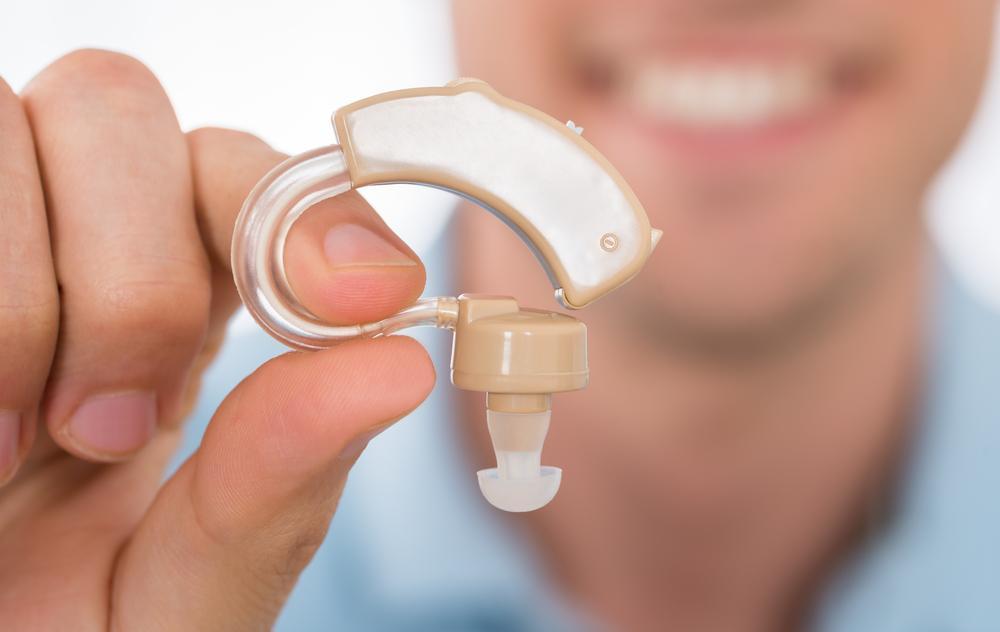Comprehensive Guide to Choosing Between Digital and Analog Hearing Aids
This comprehensive guide explores the evolution of hearing aids, comparing analog and digital devices, their features, benefits, and factors influencing selection. Discover how technology advancements have improved hearing aid functionality and how to choose the best option tailored to individual needs. Consulting a professional is recommended for optimal results in this critical decision-making process.

Hearing loss affects millions worldwide, and selecting the right hearing aid is a crucial step toward improving quality of life. Over the years, hearing aid technology has experienced significant innovations, providing consumers with a broad array of customized, discreet, and efficient options. From traditional analog devices to modern digital aids, understanding their differences, advantages, and limitations can help individuals make informed decisions. This comprehensive guide explores the evolution of hearing aids, compares analog and digital devices, and provides insights into choosing the best solution tailored to individual needs.
Hearing aids have fundamentally transformed since their inception. Initially, analog hearing aids dominated the market, offering a straightforward approach to amplify sounds for users experiencing hearing impairment. These devices operate by capturing sound through microphones, amplifying the signals, and then delivering them directly into the ear canal via speakers. Analog aids are known for their simplicity and reliability but lack the advanced features of later technologies.
The breakthrough came with the advent of digital hearing aid technology in 1987. Digital aids convert incoming sound into digital signals using sophisticated processors, allowing for a much higher level of customization and functionality. Unlike their analog counterparts, digital devices can analyze sound, differentiate between speech and background noise, and adjust amplification accordingly. This results in clearer conversations, reduced listening fatigue, and a more comfortable hearing experience.
Today, the market offers a diverse range of hearing aid styles, including in-the-ear (ITE), behind-the-ear (BTE), receiver-in-canal (RIC), and completely-in-the-canal (CIC) devices. Each design has its unique benefits and considerations, catering to different preferences, lifestyles, and degrees of hearing loss. Whether a person prefers a discreet device that is barely noticeable or a robust model with advanced features, there is an option available.
Analog hearing aids, while less common today, are appreciated by some users for their straightforward operation and reliable performance. They tend to be more affordable and easier to repair, making them a practical choice for certain individuals. However, they lack the sophisticated noise reduction and adaptive features available in digital aids.
Digital hearing aids come equipped with an array of features designed to enhance the listening experience. These include noise reduction algorithms, feedback suppression, directional microphones, wireless connectivity, and even smartphone compatibility. Such features allow users to customize their hearing experience in different environments, from quiet rooms to noisy social settings.
Choosing between analog and digital hearing aids ultimately depends on individual needs, preferences, and budget considerations. Factors such as the severity of hearing loss, lifestyle, hearing environment, and technological comfort level influence the decision. Consulting with an audiologist or hearing care professional is highly recommended to assess specific hearing profiles and recommend appropriate devices.
Moreover, ongoing advancements continue to refine digital hearing technology. Future innovations aim to further improve sound quality, battery life, and connectivity options, making hearing aids smarter and more integrated into daily life. As technology evolves, the distinction between analog and digital will become more pronounced, with digital aids likely becoming the standard for most users due to their superior capabilities.
In conclusion, understanding the differences between analog and digital hearing aids is essential for making an informed choice. Both types have their merits and limitations, but digital devices currently lead the market with their advanced features and customization options. Seeking professional advice ensures that individuals choose the hearing solution best suited to their unique hearing needs, lifestyle, and budget, ultimately enhancing their quality of life and auditory experience.





